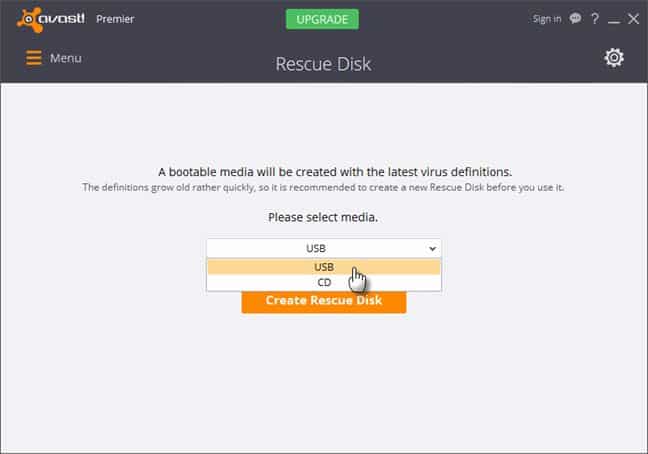

You can request threat details for any found item, but the details are minimal. The list does name the threat corresponding to each trace, but doesn't aggregate traces from the same threat.Ĭhoosing which action to take might be tough for an inexperienced user. That odd phrase means that you need to review the list and decide whether to Delete, Move, Repair, or Rename each item. If you try to continue it warns that you must "edit results" first.


Because it scans inside the Recycle Bin and even inside System Restore points, this list can be quite lengthy. When the scan is complete it lists all of the malware traces it found. If you just specify a folder name, as I did, you don't get a log at all, and the product doesn't offer any warning. If you want a log file, you must enter a full pathname on the host system. It does need a temporary folder on the main system to hold the extracted files while scanning them.īy default it doesn't log the cleanup process. Even at this level a full scan took just 17 minutes on a clean test system.Īvast! can scan inside two dozen different archive types, including self-extracting executable files. I chose the Thorough level for all my testing. At the Thorough scan level it scans the entirety of each file, looks for all viruses regardless of type, and scans inside archives. It only looks at the specific areas of files known to be hit by viruses, and it only searches each file for viruses known to infect files of that type. Fortunately an update wasn't needed since I had just downloaded the product.Īt its default Standard scan level avast! Rescue Disc scans all files. It's also possible to supply updated definitions on a USB drive.Īs it turns out, Windows PE doesn't have a networking driver for the VMWare virtual machine network on my test systems, so I couldn't run an update. If you choose to update virus definitions from the Web you'll need to start the tool's networking system. You simply slip it into the drive and boot the computer. There's no installation required with Avast!'s bootable tool.


 0 kommentar(er)
0 kommentar(er)
